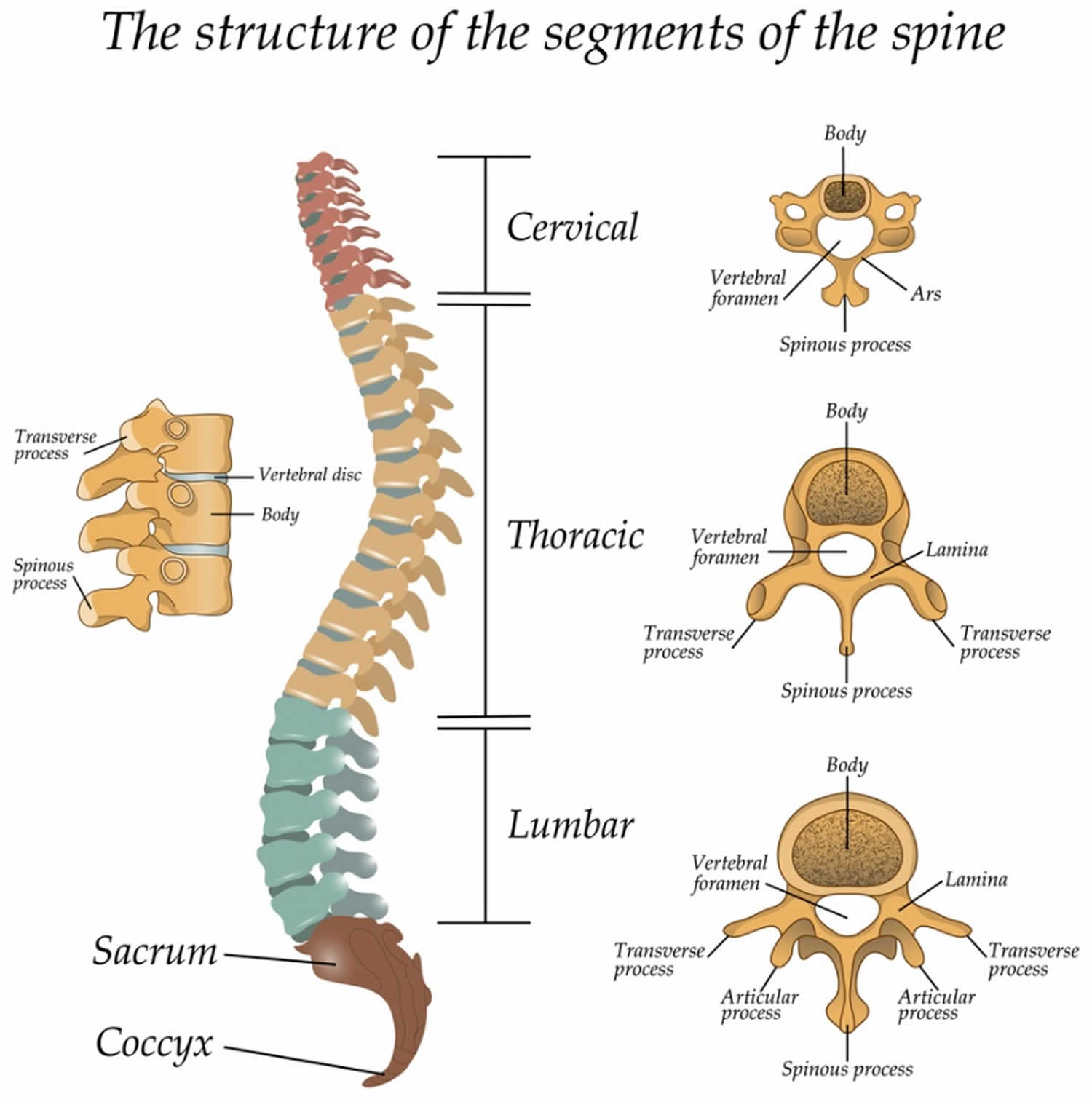

(Reproduced with permission from Albertstone CD, Benzel EC, Najm IM, Steinmetz M, eds. 2.8 Functional organization of spinal cord gray matter. Essentials of Spinal Cord Injury: Basic Research to Clinical Practice. (Reproduced with permission from Fehlings MG, Vaccaro AR, Maxwell Boakye M, Rossignol S, Ditunno DF, Burns AS, eds. 2.7 Divisions of spinal cord white matter and gray matter. (Reproduced with permission from Albert TJ, Vaccaro, AR, eds. 2.5 Spinal cord regions, features, and spinal nerve. (Reproduced with permission from Baaj AA, Mummaneni PV, Uribe JS, Vaccaro AR, Greenberg MS, eds. 2.4 (a,b) Contents of the vertebral canal. Presence of the fasciculus gracilis only.Ĭomparatively little white or gray matter.Ĭell bodies of parasympathetic preganglionic neurons.įig. Small outpocketing of gray matter from lateral horn containing cell bodies of preganglionic sympathetic neurons.įasciculus cuneatus only present superior to T6, while fasciculus gracilis is present over the entire length.Ībundant gray matter for innervation of lower extremities.

Reduced size of gray matter (no innervation to extremities). Presence of both the fasciculus gracilis and cuneatus. 2.7, 2.8):Ībundant gray matter for innervation of upper extremities. Regional variation in spinal cord white and gray matter composition ( Figs. Thecal sac comprises a dura-surrounded sac that extends from the spinal cord and contains cerebrospinal fluid (CSF), nerve roots, and the cauda equina. Origin: medulla (brainstem) at the foramen magnum. Spinal nerves exit vertebral canal through intervertebral foramina.Ĭ1–C7 spinal nerves exit above their respective vertebrae.Ĭ8 spinal nerve exits below C7 vertebrae (C7/T1 intervertebral foramen).Īll remaining spinal nerves exit below their respective vertebrae.Īdult spinal cord is two-thirds the length of the vertebral column: Spans from foramen magnum (cranial) to the sacral hiatus (caudal).įormed by the vertebral foramina of each vertebra.įive divisions and 31 spinal nerves ( Fig. Table 2.3 Palpable surface landmarks and association with vertebral level Ligamentum nuchae (C1–C7) or supraspinous ligament (inferior to C7) Posterior one-third of vertebral body and intervertebral disk Lordosis: convex anteriorly and concave posteriorly.Īnterior two-thirds of vertebral body and intervertebral disk Transmits weight to lower limbs through the pelvic bonesįorms boundary and framework of posterior pelvisĪKyphosis: concave anteriorly and convex posteriorly. Supports and moves head Transmits spinal cord and vertebral vessels between head and neck Table 2.1 Regions of the vertebral column 2.3 Palpable surface landmarks to determine vertebral level. (Reproduced with permission from An HS, Singh K, eds. Moderate reliability for determining clinical degree of stability. Vertebral column divided into three anatomical classifications ( Table 2.2, Fig. The lower back has a lot more motion than the thoracic spine and carries the weight of the torso, which makes it more prone to injury.Overview of the vertebral column ( Table 2.1, Fig. While less common, other issues such as a thoracic herniated disc are also possible. However, irritation of the large back and shoulder muscles or joint dysfunction in the upper back can produce very noticeable back pain. The upper back is not designed for motion, so there is not much wear and tear or injury in this region of the spine. See Thoracic Spine Anatomy and Upper Back Pain The thoracic spine is basically a strong cage and it is designed to protect the vital organs of the heart and lungs. The firm attachment of the rib cage at each level of the thoracic spine provides stability and structural support to the upper back and allows very little motion. The 12 vertebral bodies in the upper back make up the thoracic spine. For example, pain that radiates down the arm, and possibly into the hands and fingers, is usually caused by a cervical herniated disc or foraminal stenosis pinching a nerve in the neck.

With neck pain that lasts longer than two weeks to three months, or with mainly arm pain, numbness or tingling, there is often a specific anatomic problem. Most neck pain is caused by a muscle, ligament or tendon strain or sprain, and will usually heal with time and non-surgical treatments, such as ice and/or heat, medications, physical therapy, and more. This section of the spine has seven vertebral bodies (bones) that get smaller as they get closer to the base of the skull. The neck supports the weight of the head and protects the nerves that run from the brain to the rest of the body.


 0 kommentar(er)
0 kommentar(er)
